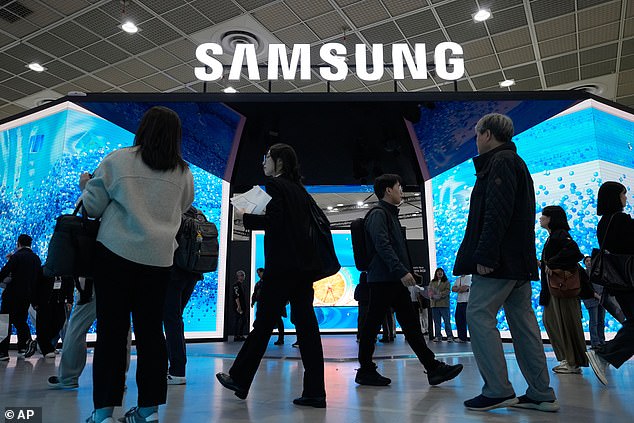Samsung’s Expansion into the US Credit Card Market
Samsung is making a bold move in the US credit card market, aiming to challenge Apple’s dominance in financial services. The tech giant is currently in advanced talks with Barclays to launch a consumer credit card in the United States, according to reports from The Wall Street Journal.
This partnership would mark Samsung’s latest effort to compete directly with Apple, which has built a strong ecosystem of money products. While Apple offers popular credit card and digital wallet options, Samsung’s financial offerings in the US have not gained the same level of popularity. However, Samsung’s tap-to-pay feature is widely used in South Korea, indicating potential for success in other markets.
For Barclays, this deal represents an opportunity to expand its US credit card business after losing some of its partnership with American Airlines. The British bank, which already issues co-branded cards for companies such as JetBlue and Wyndham, is looking for new opportunities outside the travel sector.
Samsung and Barclays plan to formally announce their tie-up by the end of the year. Visa is also involved in discussions to be the credit card’s network.

If launched, the Samsung card would serve as the centerpiece of a broader suite of financial products. According to internal materials reviewed by WSJ, Samsung is exploring the introduction of a high-yield savings account, a digital prepaid account, and a buy-now, pay-later service.
Competition for America’s Wealthiest Spenders
The credit card market is becoming increasingly competitive, especially in attracting America’s wealthiest consumers. In September, American Express (Amex) boosted its Platinum card with credits worth $400 at restaurants, $600 at hotels, $300 at Lululemon, 5x points on flights, and lounge access. The annual fee increased from $695 to $895.
Despite the hefty price tag, Amex is offering significant perks for big spenders. The company is ramping up its presence in Las Vegas ahead of the Formula One Grand Prix, introducing new trackside lounges, member-only pop-ups, and high-end hotel benefits. New customers are also being offered as many as 175,000 points — convertible into air miles — if they sign up and spend $8,000 in the first six months.
Chase has also refreshed its Sapphire Reserve, adding new travel benefits, 3x points on dining and travel, and raising its annual fee to $795. Meanwhile, Citi attempted to enter the luxury market with its Strata Elite card, but the release faced challenges, with some customers reporting difficulties in making purchases or redeeming rewards for over a month. The bank’s top-end card comes with a $595 annual fee.
Ongoing Rivalry in the Premium Card Market
The battle for premium card supremacy is heating up as Amex and JPMorgan Chase roll out lavish perks. Amex’s massive investment in travel-focused cards could redefine luxury spending with unparalleled benefits in travel, dining, and lifestyle. JPMorgan Chase is also positioning itself as a key player in the luxury card market with its Sapphire Reserve card, following a significant 45% fee hike.
Capital One is also making waves with a jaw-dropping $1,500 offer, potentially stealing the spotlight from rivals like American Express and Chase. As the competition intensifies, it remains to be seen how these developments will shape the future of premium credit cards in the US.
